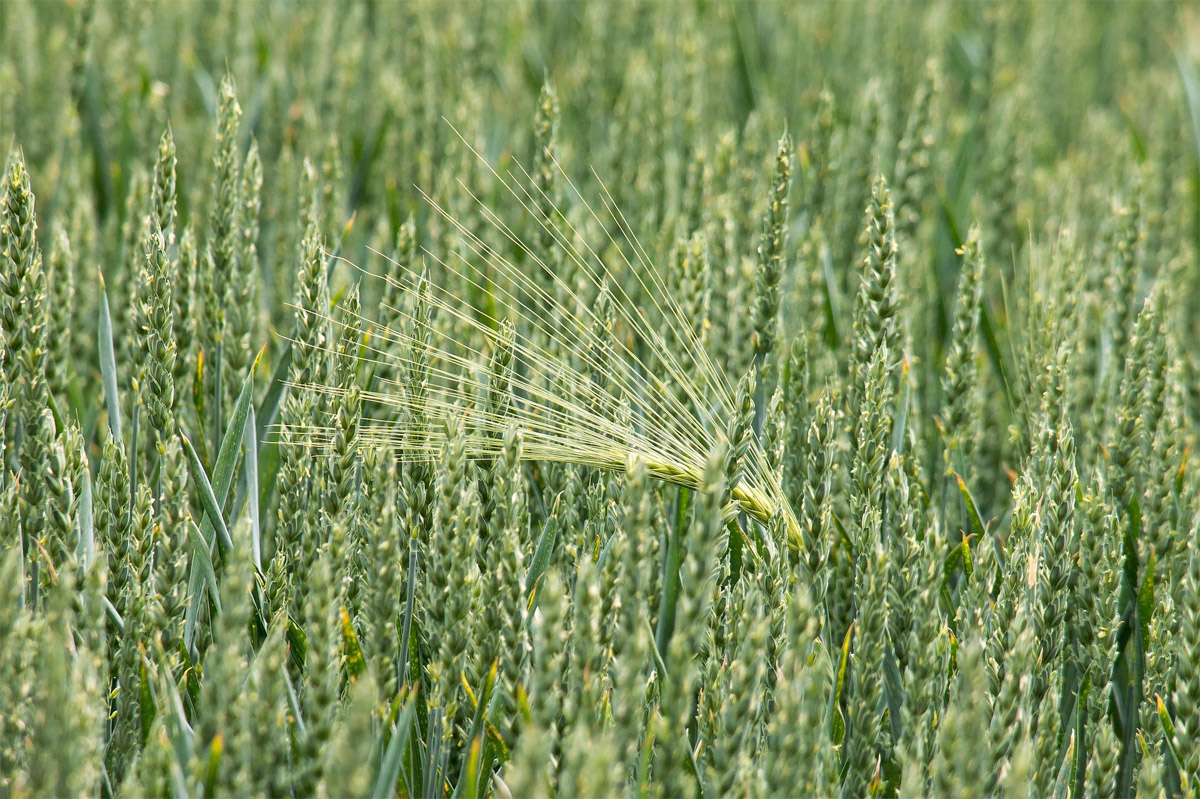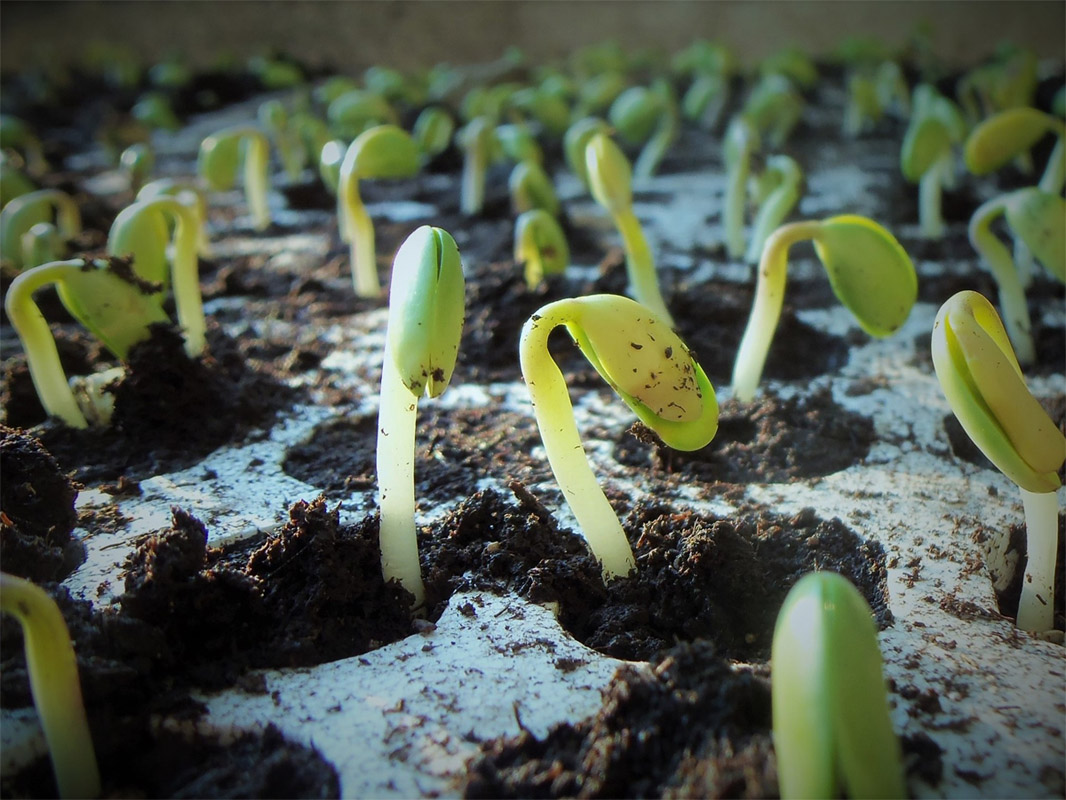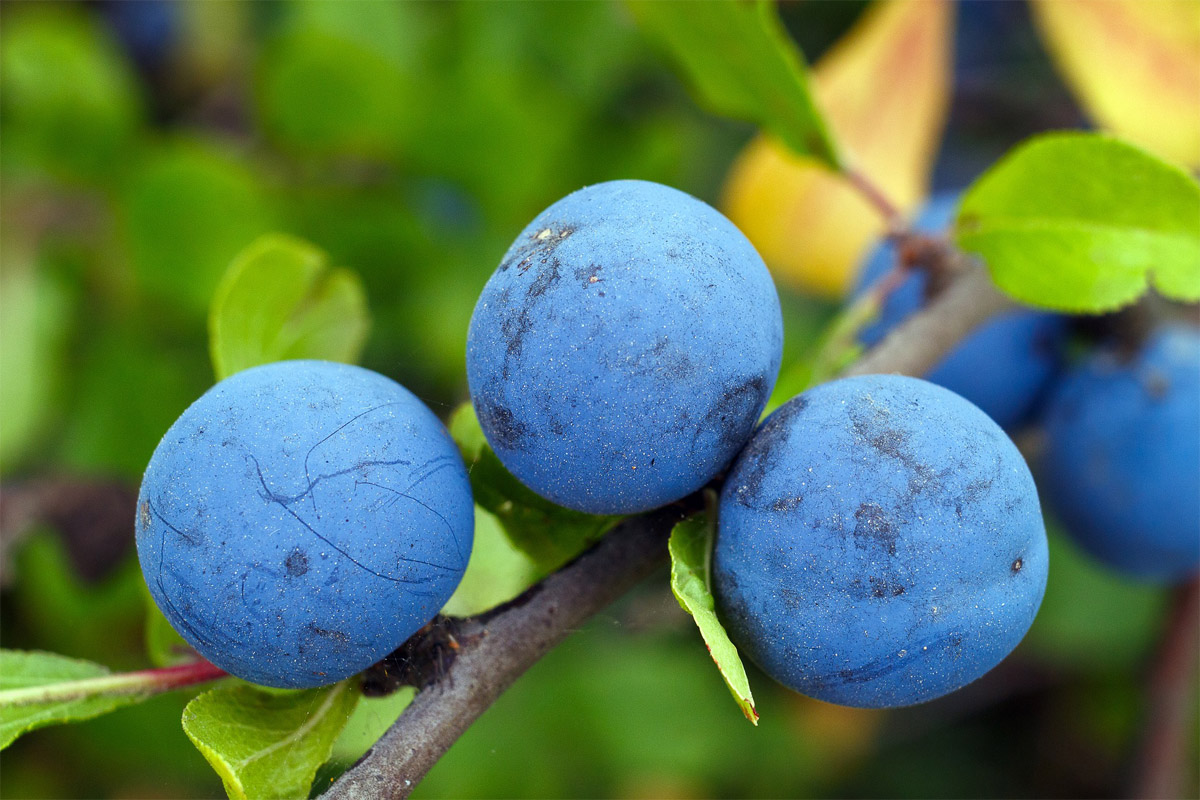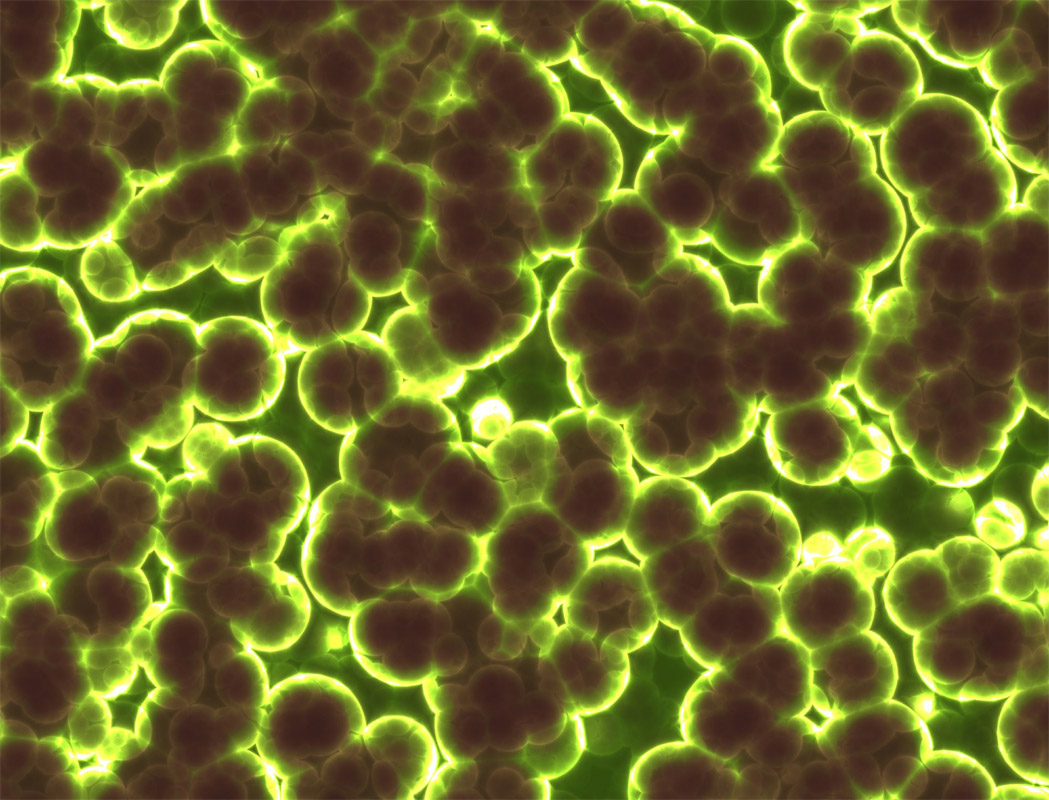VEGETAL AMINO ACIDS
WHAT ARE THEY ?
Amino acids are organic molecules possessing both carboxyl and aminogroups. The illustration below shows the general formula for an amino acid. At the center of the amino-acid is an asymmetryc carbon atom called the alpha carbon. Its four different partners are an amino group, a carboxyl group, a hydrogen atom, and a variable group symbolized by R. The R group, also called the side chain, differs with each amino acid.
The physical and chemical properties of the side chain determine the unique characteristics of a particular amino-acid.

Amino acids are organic molecules possessing both carboxyl and aminogroups. The illustration at the right shows the general formula for an amino acid. At the center of the amino-acid is an asymmetryc carbon atom called the alpha carbon. Its four different partners are an amino group, a carboxyl group, a hydrogen atom, and a variable group symbolized by R. The R group, also called the side chain, differs with each amino acid.


Amino Acids List
Alanine

it improves the organoleptic characteristics

it improves the photosynthesis process

it works on the stomata regulation
Aspartic Acid

it works on nitrogen reserve

it improves the complexing power
Arginine

it works on roots development

it works on nitrogen reserve

it works on organoleptic characteristics
Betaine

it regulates the osmotic process

it guarantees resistance to abiotic stress

It preserves and maintains plant cells and all the metabolic functions
Cysteine

it guarantees resistance to abiotic stress

it improves the antioxidant power
Glycine

it improves the organoleptic characteristics

it improves the complexing power

it improves the photosynthesis process
Glycine Betaine

it regulates the osmotic process

it guarantess resistance to abiotic stress

it preserves and maintains plant cells and all the metabolic functions
Glutamic Acid

it guarantees the resistance to abiotic stress

it works on nitrogen reserve

it improves the fruit-setting stage

it works on stomata regulation
Glutamine

it works on nitrogen reserve
Histidine

it improves the antioxidant power
Isoleucine

it improves the organoleptic characteristics
Lysine

it guarantees the resistance to abiotic stress

it improves the photosynthesis process

it works on stomata regulation
Leucine

it improves the organoleptic characteristics
Methionine

it works on roots development

it contributes to the hormonal development

it improves the antioxidant power

it works on stomata regulation
Phenylalanine

it reinforces the color
Proline

it guarantees the resistance to abiotic stress

it works on nitrogen reserve

it improves the fruit-setting stage

it regulates the osmotic process

it works on photosynthesis process
Serine

it guarantees the resistance to abiotic stress
Tryptophan

it contributes to the hormonal development

it improves the antioxidant power
Threonine

it improves the antioxidant power
Valine

it guarantees the resistance to abiotic stress

it improves the organoleptic characteristics
Protein Hydrolysate
RAW MATERIAL
EXTRACTION / HOMOGENIZATION
PH AND TEMPERATURE ADJUSTMENT
ENZYMATIC REACTION
ENZYMATIC INACTIVATION
COOLING
CENTRIFUGATION / FILTRATION
CONCENTRATION / DRYING
PROTEIN HYDROLYSATE
Characteristics

NUTRITION
roots can absorb amino acids from the solution even if their availability can drastically reduce for absorption and assimilaton from the microflora
increase of nitrogen content in leaf
stimulation of assimilation of nitrate
formation of complexes with mineral elements protecting them from dissolution at abnormal pH

TOLERANCE TO ABIOTIC STRESS
high temperatures
drought
salinity
low light conditions

STIMULATION OF THE GROWTH
roots development
hormonal development
fruit-setting stage improvement

FRUIT QUALITY
accumulation of sugars and anti-oxidants in fruits
photosynthesis increase
precursors of flavour, clour and taste intake

RHIZOSPHERE MICROBES
stimulation of rhizosphere microbes acitvity because amino acids supply nitrogen to them
the developed microflora can influence the growth of the crop
CHROMIUM 3 AND 6 FREE
HEAVY METALS FREE

We guarantee vegetal enzyme hydrolysis amino acids that guarantee absence of Chromium 3 and Chromium 6 and heavy metals
OUR PRODUCTS
Our amino acids are contained in lots of our products inside our catalogue. Every amino acid is used to create a product that can give to the plant specific characteristics.
